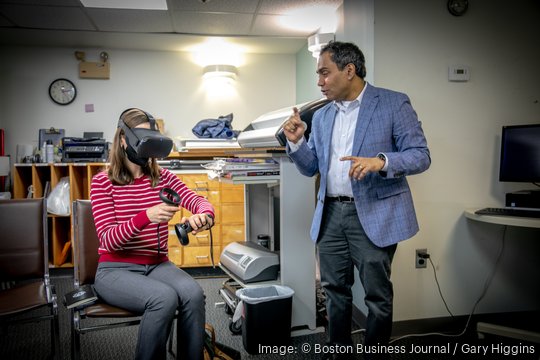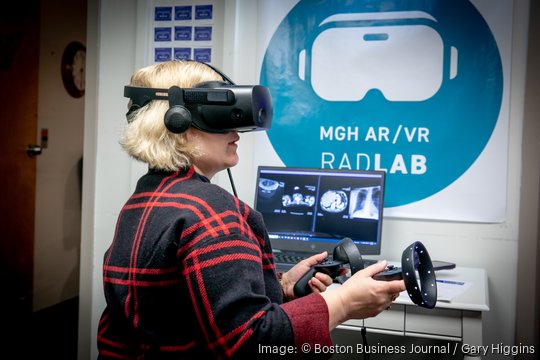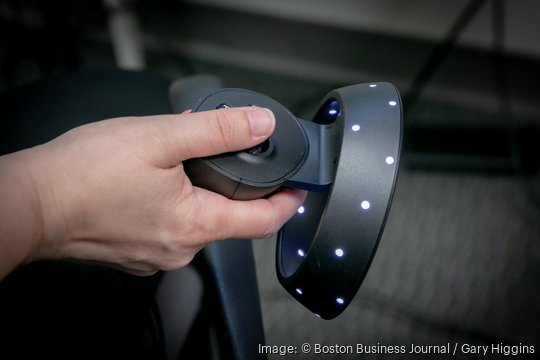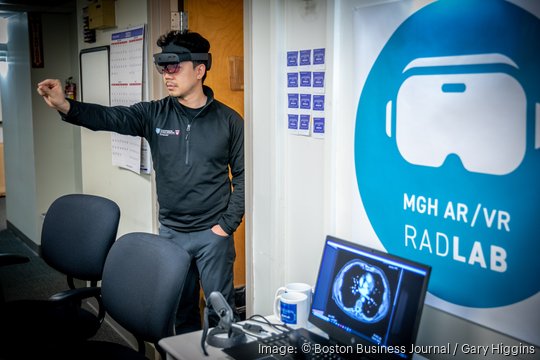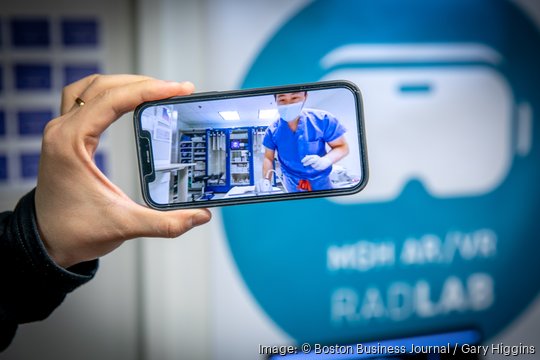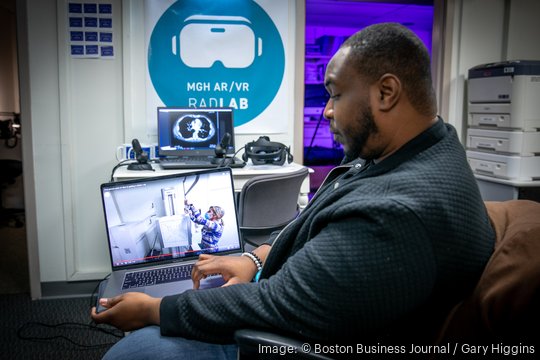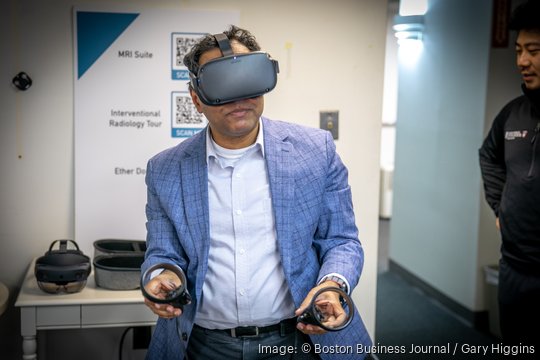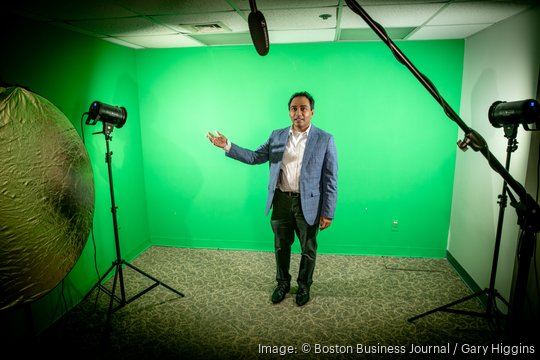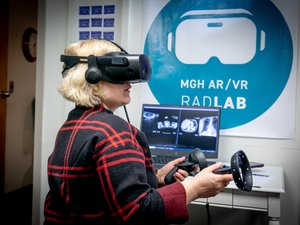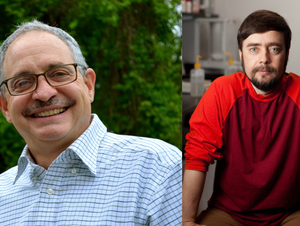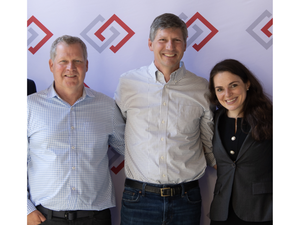To understand virtual and augmented reality, you really need to put your cranium into a headset and get your hands on controllers.
I’m not one for gaming, so until a few weeks ago, I hadn’t tried out AR and VR technology for myself.
But these technologies are no longer just for gaming. Other industries are picking up on the potential benefits of AR and VR technologies and putting them to the test. Last week in BostInno, we took a deep dive into how companies and hospitals are using AR and VR to enable at-home physical therapy, help patients de-stress in the hospital, train doctors and more.
I recently took a trip to MGH’s AR/VR lab to see how hospitals and doctors are integrating this rapidly evolving technology into their training and patient care.
A learning curve
Dr. Raul Uppot tells me the best way to understand VR and AR is to try it out. He’s the co-founder and clinical director of MGH’s AR/VR lab, so I’m in knowledgeable hands for this experiment.
MGH’s AR/VR lab was founded in 2020 and is housed in the basement of Emerson Place near the edge of the hospital’s river-front campus. Shortly after we descend the stairs into the lab, Uppot hands me a headset and two handheld controllers. He explains that I’ll be testing out technology developed by a company for training medical staff. It’s the type of work their lab does all the time.
“They reach out to us because a lot of companies realize that they can develop stuff on their own, but ultimately they need to have it proven and tested at a hospital system,” Uppot said. “So they come here and then we confer with them, consult them, help them develop their stuff and sort of expand the use of their devices.”
As soon as I put on the headset, I’m inside an operating room. After a quick scan to the right and left, the room looks fairly bare. Then I look down. There’s a body laying directly below me on a table partially covered by a sheet. The imagery isn’t completely lifelike — more like a video game with impressive 3D graphics — but it’s real enough to startle me.
“It teaches all the steps of doing the procedure,” Uppot said.
I give it a try, but I’m not a natural. I struggle to move my hands to the right place and hit the right buttons on the controllers. We could just blame my mom for not letting me have video games as a young kid. But Uppot said there’s definitely a learning curve. That made me feel better.
Dr. Min Lang, a radiology resident and co-founder and innovation director of the AR/VR lab, said this technology can help reduce the costs associated with training doctors, such as the closure of an operating room or the use of cadavers. It isn’t a replacement for the real deal, but it’s a tool to get in some extra practice.
“Obviously it’s not high fidelity in the sense that it doesn’t replicate the true surgical experience, but it’s good enough to get you the basic foundation,” Lang said.
Radiology of the future
Inside MGH, there is a room that looks like a NASA control center. People sit at computer stations, completely in the dark, their faces lit by the imaged body parts on their screens. The AR/VR lab is testing technology that could transform the work done in these radiology centers.
Using virtual reality, a radiologist could sit in a hotel room wearing a VR headset to read medical images, such as X-rays and MRIs, rather than in the hospital. Or, in my case, the basement of a building.
When I put on the headset, I’m able to see a dashboard of medical images. I can click through them with a controller and, if I knew anything about medicine, I would have been able to interpret the results.
These are just some of the ways that AR/VR is being tested and experimented with at MGH's lab. It's still in its early stages. This specific radiology use case is still being validated. There are FDA approvals to navigate. And healthcare organizations are notoriously slow to evolve. But in the future, technology like this could bring some major changes to the field of medicine.
“People all over the world will be putting headsets on, no need for big spaces to interpret images. You could sit in your house and interpret scans,” Uppot said.
It may not be as far off as some think.
Sign up for The Beat, BostInno’s free daily innovation newsletter. See past examples here.
